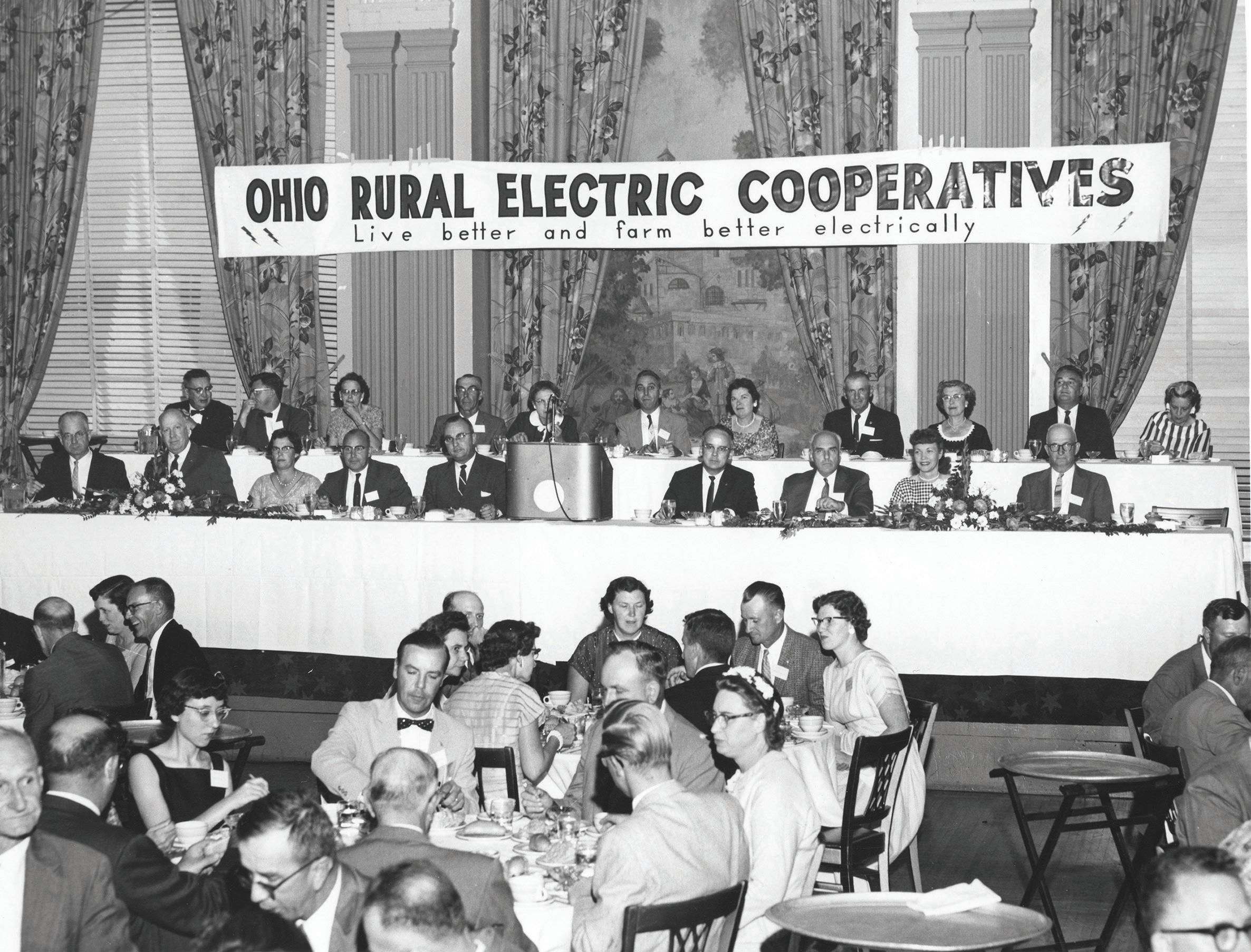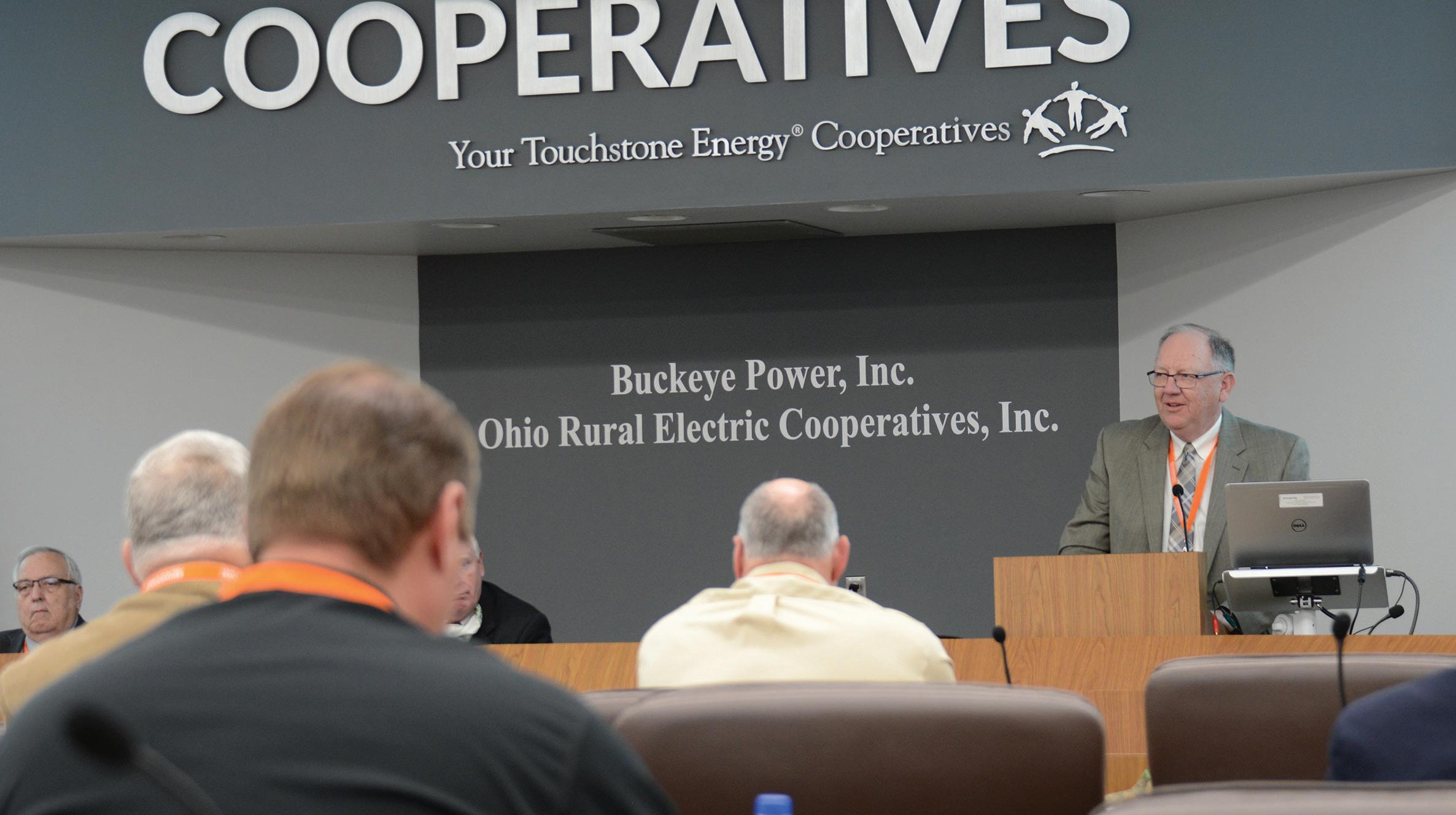cooperatives that operate in Ohio. “All those pioneers got together and decided they could never get ahead as long as they had to rely on other people for their electricity.” By the time the association’s 25th anniversary rolled around in 1966, construction was nearly complete on two coal-fired generating units in Brilliant, Ohio — one owned by Buckeye Power. The co-ops built a third unit that came online in 1977, and took over full operational control of all three units in 2018. Together, those units can produce up to 1,230 megawatts — more than enough to power all of Ohio’s co-op homes and businesses, even at peak usage. While power rates were the statewide association’s first order of business, its role and capabilities have expanded to a wide array of professional and technical services: • Power, engineering, and technical services, such as load control. • Government relations and lobbying efforts, both in the Ohio Statehouse and in the U.S. Congress. • Mutual aid and disaster recovery coordination. • Education and training programs for co-op employees, from lineworkers to board members. • Scholarship and youth programs, such as the Youth Tour to Washington, D.C. • Communications services, including digital and multimedia projects as well as Ohio Cooperative Living magazine.
Government relations
“The best thing to come out of the association is the unity among the cooperatives. There is a spirit among all of us, to this day, that we are all better together than we would be separately.” — Steve Nelson They’re tasks that the co-ops could do on their own — but it makes more sense for one centralized source to do those jobs, providing expertise, consistency across co-op borders, and economies of scale. “If every small cooperative around the country had to go out individually to hire all of these services, the cost would be astronomical,” says Ed VanHoose, general manager of both Wellington-based Lorain-Medina Rural Electric Cooperative and Attica-based North Central Electric Cooperative. “Instead, we have our associated organizations, such as the statewide association, that turn us into a large collective. Instead of having to do everything on our own, we can do it together. Cooperatives just would not be able to provide the level of service we do without them.” “Honestly, the best thing to come out of the association is the unity among the cooperatives,” Nelson says. “There is a spirit among all of us, to this day, that we are all better together than we would be separately.”
Mutual aid and disaster recovery
Employee education
Youth programs
MAY 2021 • OHIO COOPERATIVE LIVING 5





